In the engineering and manufacturing world, two names often appear together when referring to material standards — ASTM and ASME. Although both play a crucial role in ensuring product quality and safety, their functions, focus areas, and applications differ significantly. Understanding the distinction between ASTM and ASME standards is essential for engineers, procurement specialists, and manufacturers who work with metals, mechanical systems, and pressure equipment.
Introduction to ASTM and ASME
ASTM International (formerly known as the American Society for Testing and Materials) is an organization that develops and publishes international standards for materials, products, systems, and services.ASTM standards are recognized globally and used across various industries — from construction and oil & gas to aerospace and electronics.
ASME stands for the American Society of Mechanical Engineers. Unlike ASTM, ASME focuses not just on materials but also on engineering design, safety codes, and mechanical system standards.ASME is best known for developing the Boiler and Pressure Vessel Code (BPVC) and the B31 Code for Pressure Piping, which are mandatory in many countries for pressure equipment manufacturing and inspection.
Understanding the “A” and “SA” Designations
The difference between an “A” and an “SA” designation is often misunderstood.
Here’s the breakdown:
ASTM Axxx → Refers to ASTM material specifications.
ASME SAxxx → Refers to materials that comply with ASTM specifications plus additional ASME code requirements.
In other words, when a material is designated as “SA,” it has been approved for use under the ASME Boiler and Pressure Vessel Code (BPVC) Section II.
Difference between ASTM and ASME Standard:
|
Category
|
ASTM
|
ASME
|
|
Organization Type
|
Standard development body
|
Engineering and safety code organization
|
|
Focus
|
Material standards and testing methods
|
Pressure vessel and mechanical system safety
|
|
Applications
|
General materials across industries
|
Pressure vessels, boilers, piping systems
|
|
Standard Examples
|
ASTM A105, A106, A312
|
ASME SA105, SA106, SA312
|
|
Certification
|
Internationally recognized
|
Legally enforceable in many jurisdictions
|
|
Material Designation
|
“A” prefix
|
“SA” prefix
|
ASME American Society of Mechanical Engineers Standards
ASTM American Society for Testing and Materials Standards
ANSI American National Flange Standards
They are three different standardization organizations, and each standard has its own system, which is the most influential and applied in the American Standard system.
Among them, ASME standards and ANSI standards cover most of the industrial fields, including materials, processing, technology, testing and so on. ASME cites many ANSI and ASTM standards. For pipes and pipe accessories, these three are basically unified, commonly known as American standard pipes, pipe fittings, pipe accessories (flanges, gaskets, etc.), and ASME is the most used /ANSI standard.
ASTM is responsible for the development and re-enactment of standards for all types of old and new materials. Because it is the test and materials association.
ASME is to selectively absorb and filter these standards for the relevant works used, and to be modified to improve.
ASTM is the US material standard, similar to the domestic GB713
ANSI is a flange standard, similar to domestic HG20615
ASME is a design specification, but since ASME is a complete system, ASTM and ANSI are included in it, such as SA516-70, ASME B16.5.
ASME is a design specification, but ASME is a complete system.






 English
English Español
Español بالعربية
بالعربية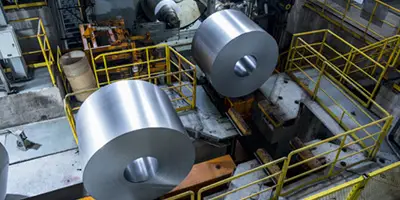

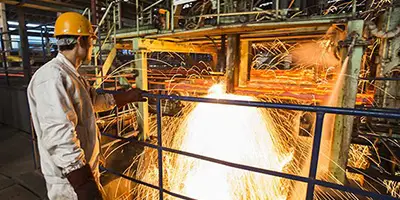
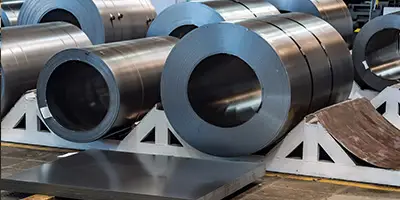

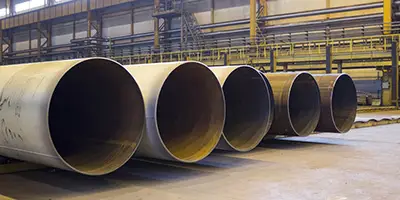

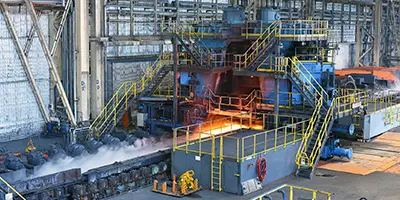
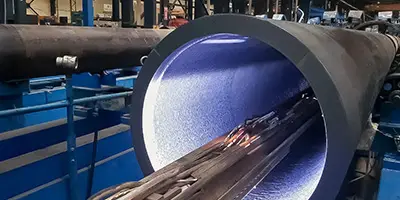
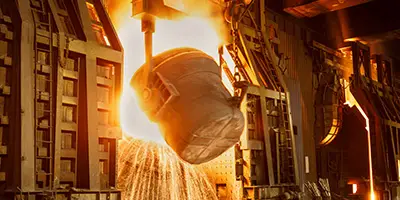

 Phone :
Phone :  Whatsapp :
Whatsapp :  Email :
Email : 


